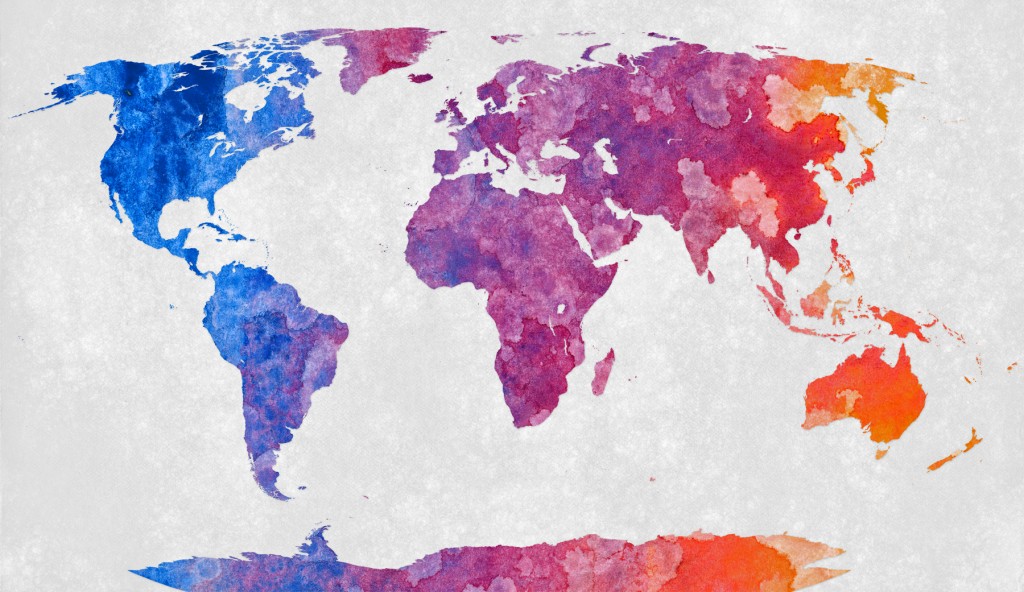In our latest Industry Perspective, we explore what it means to be a resilient community, and how you can lead the charge to build a foundation for stronger communities. Our report will define what it means to be a resilient community; feature case studies of five communities who have adopted resiliency strategies; and provide insights from Patricia Cummens, government strategist, Esri.
Government must stay efficient and deliver services no matter what trials the community faces. Technology offers the opportunity to build for the future in a way that allows for foundational strength for service delivery– as well as flexibility and innovation when communities need it. “What it means to be a resilient community can vary greatly and depends a lot on where that community is located,” said Cummens. “Each community has its own challenges, but there are also many common issues. To be a resilient community means not only being able to rebound quickly after a disaster, but to also be nimble and prepared to do as much as possible to minimize the impacts of one.”
Whether your community is dealing with an extended heat wave, spring flooding, or something as major as a hurricane, the key for bouncing back is being prepared, and having access to critical information and resources when needed, regardless of circumstance. “[Resiliency is] not figuring everything out when a crisis is happening,” explained Cummens. “You have to have processes in place that will guide you through difficult times. That way you can respond more effectively.”
Resiliency is as much a shift in mindset as it is the adoption of certain technologies. The quest for resiliency means agencies are moving away from the traditional reactive style of governance, and taking a proactive stance on preparing for events. By becoming proactive, agencies can understand the process and identify ways to best utilize resources and empower people with those processes to transform how your community mitigates, responds, and recovers from a crisis. And time and again, we are seeing GIS as the critical platform for improved decision-making.
“GIS is integrating information from across lots of disciplines within a community — everything from emergency management, to the regulatory agencies and to delivery of social services,” noted Cummens. “All of these people are coming together on a platform of knowledge. And you can bring information from all those different disciplines together on a map.”
GIS has become a much-desired integrative solution to make sense of complex public sector data and enables community resiliency, as it brings together various data sources and IT solutions that are used to deliver services. GIS places data on a map that is readily and easily consumed by first responders, field staff or command center employees. Additionally, it provides information across any device, platform or mobile technology. It pulls together the benefits of mobile, cloud and big data analysis – all consumed and brought together via a map. It’s telling the right story for the right audience, and driving improved decision-making by making data understandable. To fulfill government’s quest to remain reliable no matter what circumstance, GIS is a foundational tool.
To ground resiliency efforts, our industry perspective shares eight examples of communities who are becoming more resilient with GIS solutions.
Learn more by accessing our report here.
When Esri was founded in 1969, it realized even then that geographic information system (GIS) technology could make a difference in society. GIS helps people to solve problems at local, regional, national, and global scales. Access maps and apps at ArcGIS.com. Be sure to check out all the GIS resources produced by Esri and GovLoop.
Photo credit, Nicolas Raymond, World Map – Abstract on Acrylic, FlickR
